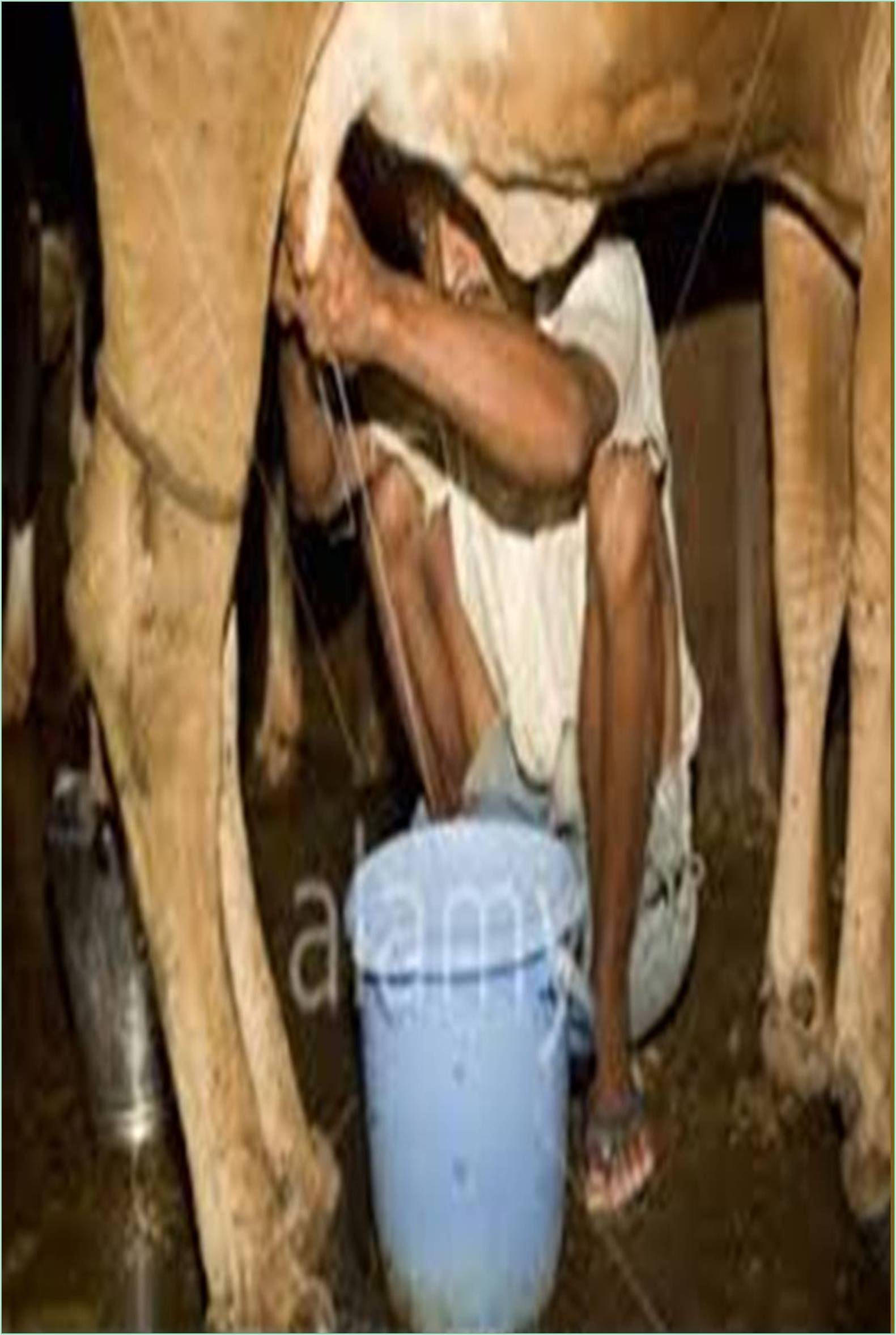



Published: 26-Feb-2021
Make the suffering end, to the animals be a friend!
Livestock can refer to any breed of animals raised by humans for a commercial purpose. This can include domestic animals, semi-domestic animals and wild animals. The term livestock does not include poultry or fish farming. Domestic animals include alpaca, camel, cat, cattle, dog, donkey, horses, mule, and sheep. An example of a semi domestic animal would be a reindeer; an example of a wild animal is bison.
The economic value of livestock includes meat, dairy products, fiber, and fertilizer. In terms of fiber, sheep and goats produce wool and mohair. Fertilizer or manure is used on fields to increase the production of crops and is also used in fuel for fire and to make plaster. For years livestock was used for labor, as is still the case in emerging economies. The power of animals has been essential for transporting goods and plowing fields. Animals such as horses, donkeys and yaks have all been used for mechanical energy. The issues concerning the raising of livestock for human benefit highlights the relationship between humans and animals. Animal welfare is the perspective that humans should make certain that animals do not suffer needlessly. Animal welfare groups focus on the livestock raising practices and the regulations of the industry. Animal rights groups believe that it is exploitation to use animals for human benefit. Animal rights groups would like to abolish livestock farming. Livestock diseases have been a concern in the industry. Diseases have been known to reduce productivity, infect humans and hurt animals. Antibiotics and vaccines are often used to help animals tolerate sickness and disease, but doing so raises additional issues and health concerns.
Industry insights:
The global Animal health market size was valued at USD 42.2 billion in 2017. It is expected to witness a CAGR of 5.5% during the forecast period. Rising incidence of zoonotic and food-borne diseases worldwide is one of the key trends stoking market growth. Unprecedented rise in the prevalence is prompting companies to develop advanced vaccines and pharmaceuticals. Widening base of companies undertaking consistent efforts to control pathogen contamination risks and food-borne diseases is also likely to augment the market.

Distribution Channel Insights:
On the basis of distribution channel, the veterinary hospitals and clinics segment was the leading revenue contributor in the animal health market in 2017. Increasing number of hospital pharmacies coupled with high procedural volume as a consequence of frequent readmission of pets for treatment is triggering the growth of the segment. Retail channels and E-commerce platforms, cumulatively accounted for sizeable share in the overall market. The growth of these segments can be attributed to factors such as high convenience offered and increasing number of retail pharmacies.
Report:
The revenue growth at global, regional, & country levels and provides an analysis on the industry trends in each of the sub-segments from 2014 to 2025. For the purpose of this study, Grand View Research has segmented the global animal health market report on the basis of animal type, product, distribution channel, end-use, and region:
Animal Type Outlook (Revenue, USD Million, 2014 - 2025):
Production Animal: Poultry, Swine, Cattle, Sheep & Goats, Fish
Companion Animal: Dogs, Cats, Horses and others
Product Outlook (Revenue, USD Million, 2014 - 2025):
Vaccines: Live Attenuated Vaccines, DNA Vaccines, Recombinant Vaccines, Inactivated Vaccines, Others
Pharmaceuticals: Parasiticides, Anti-infectives, Anti-inflammatory, Analgesics and Others
Feed Additives: Nutritional, Medicinal
Diagnostics: Instruments, Consumables
Distribution Channel Outlook (Revenue, USD Million, 2014 - 2025):
Retail, E-commerce, Veterinary Hospitals & Clinics
Retail, E-commerce, Veterinary Hospitals & Clinics
Reference Laboratories, Point-of-care Testing/In-house Testing, Veterinary Hospitals & Clinics, Others
